Detailed introduction of TU Dresden:
Introduction
The TU Dresden (Technische Universität Dresden, English: Dresden University of Technology, abbreviated as TUDresden or TUD) was founded in 1828 and is located in Dresden, the capital of the Free State of Saxony. It is one of Germany's famous universities of technology, one of the 11 elite universities in Germany and a member of the German University of Technology Alliance TU9.
Overview
Number of students and faculty: As of 2013, there are about 37,000 students. The school has 516 full-time professors, 5,251 staff members are funded by the government, and about 3,442 are not funded by the government.
International Exchange: It has a high degree of internationalization, with students and faculty from all over the world. It actively carries out international cooperation and exchanges, maintains close cooperative relations with first-class research institutions, and provides students with good scientific research opportunities.
History
In 1828, during the transition period from the first to the second industrial revolution, the Institute of Technology was established to train skilled workers in mechanical engineering and shipbuilding and other technical fields.
In 1838, systematic engineering and natural science education began.
In 1851, it was renamed the Royal School of Technology, and the subject areas included mechanical manufacturing, civil structure and chemistry.
In 1865, teacher training in the fields of mathematics and natural sciences and qualification certification of professionals began.
In 1871, it was renamed the Saxony Royal Higher Comprehensive Technical College and introduced humanities.
In 1883, the German-style Diplom engineer education examination system was implemented.
In 1890, it was renamed the Saxony Royal Polytechnic Institute.
In 1900 In 1907, it officially began to enroll female students, and it was one of the first universities in Germany to lift the ban on women. In 1924, several research institutes such as the Institute of Electronic Technology and the Institute of Automotive Technology were established. In 1946, the first batch of 450 students were enrolled in the three colleges after World War II for teaching. In 1961, the current official name of Dresden University of Technology was established. In 1990, it merged with nearby Tharandt University of Forestry and other institutions. In 1994, it became a comprehensive university with 14 colleges including natural sciences, engineering, medicine, economics, education, law, agriculture, and forestry. In 2005, it began to convert traditional Diplom and Magister degrees to Bachelor and Master. In 2006, it became a member of TU9, the alliance of nine excellent technical universities in Germany, and was selected into two elite clusters and a graduate school. In 2009, it advocated the launch of the "Concept Dresden Alliance". In 2011 In 2012, it was selected into the second batch of elite programs in Germany for its future education development concept.
In 2012, it was selected as one of the 11 elite universities in Germany.
Founded in 1828.
School Strength
Strong academic strength: As one of the 11 elite universities in Germany and a member of the TU9 Alliance, it has a full range of disciplines, covering five major fields such as mathematics and natural sciences, humanities and social sciences, engineering sciences, architecture and environmental sciences, and medicine. It is one of the universities with the widest range of disciplines in Germany. It enjoys a high reputation in the fields of microelectronics, electrical engineering, computer science, materials science, civil engineering, etc. Its innovative education model and academic strength covering a wide range of economic fields are widely recognized in Europe and Asia.
Excellent research strength: With world-class scientific research facilities and teams, it is one of the most important scientific research centers in Germany, and its scientific research results have important influence internationally. For example, the school's Capella supercomputer ranks third in Germany and fifth in global energy efficiency. The school also has several top research institutions, such as the Fraunhofer Institute and the Leibniz Institute, and is the initiator of the German University Patent Initiative, actively promoting the transformation of scientific research technology into market results.
Rich teaching resources: The school offers 121 degree courses in a wide range of teaching fields, with modern campus facilities and a complete teaching system, providing students with good learning and living conditions.
Nature of the institution
Public university.
Educational philosophy
Emphasis on the interdisciplinary application of knowledge and the cultivation of innovative ability, focusing on combining theoretical knowledge with practice, cultivating students' ability to solve practical problems, and is committed to cultivating high-quality talents with innovative spirit, practical ability and social responsibility to adapt to the ever-changing social and economic needs. Through close cooperation with enterprises and scientific research institutions, we provide students with abundant practical opportunities and scientific research projects, so that students can accumulate practical experience and improve their comprehensive quality in the learning process.
Key laboratories and disciplines
Key laboratories: The school has a number of key laboratories in cooperation with top scientific research institutions, such as laboratories in cooperation with the Fraunhofer Society, the Leibniz Society, the Max Planck Society, etc. These laboratories conduct in-depth research in cutting-edge fields such as microelectronics, nanotechnology, and biomedicine.
Key disciplines: Microelectronics, electronic information engineering, medicine, psychology, materials science, civil engineering and other disciplines are the most famous in Germany. In addition, they also have strong strength in energy science and technology, mechanical engineering, computer science and technology, mathematics, physics and other disciplines, and are at the international leading level.
Department
The school has a total of 18 faculties, covering science, engineering, literature, art, history, philosophy, economics, management, law, education and medicine, including the Faculty of Mathematics and Natural Sciences, the Faculty of Engineering, the Faculty of Computer Science, the Faculty of Electronics and Information Technology, the Faculty of Materials Science and Engineering, the Faculty of Mechanical Engineering, the Faculty of Civil Engineering, the Faculty of Architecture, the Faculty of Economics, the Faculty of Law, the Faculty of Education, the Faculty of Medicine, etc.
Ranking
World ranking: 234th in the QS World University Rankings 2024.
Ranking in Germany: It is the largest university in Saxony, Germany, one of the largest universities of science and technology in Germany, and one of the ten largest comprehensive universities in Germany.
Expenses
As a public university in Germany, Dresden University of Technology does not require tuition fees, but a registration fee of about 300 euros per semester is required, which includes a semester ticket for public transportation in the state except ICE and IC.
Application fee is 75-85 Euro.
Campus
Location and layout: The campus is located in Dresden, the capital of Saxony, Germany. The city is an important cultural and economic center in eastern Germany, with a complete transportation network and rich cultural resources. The school has only one main campus, with diverse architectural styles on campus, integrating historical buildings with modern facilities.
Campus facilities: All colleges have modern equipment, providing good conditions for teaching and scientific research, including advanced laboratories, libraries, computer centers, etc. The library has a rich collection of books and ranked first among German universities in 2013. In addition, there are various sports facilities, restaurants, cafes and other living facilities on campus to meet the daily needs of students.
-
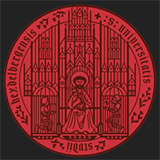
Heidelberg University
-
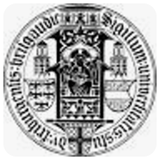
University of Freiburg
-
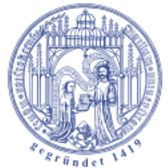
University of Rostock
-

University of Marburg
-

University of Jena
-
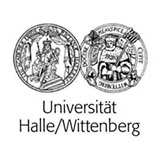
University of Halle-Wittenberg
-
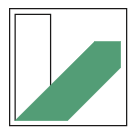
University of Bayreuth
-

Leipzig University
-

University of Tübingen
-
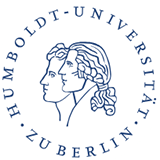
Humboldt University of Berlin
-

Mesoamerican University
-

Istmo University
-
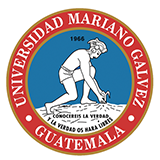
Mariano Galvez University of Guatemala
-
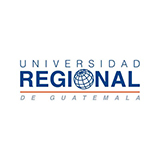
Regional University of Guatemala
-
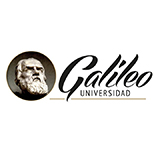
Galileo University
-
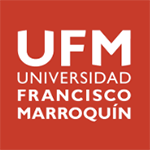
Francisco Marroquín University
-

Rafael Landívar University
-
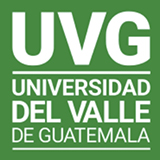
University of the Valley of Guatemala
-
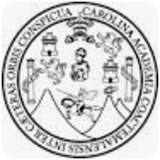
University of San Carlos of Guatemala
-

Technological Institute of Tlaxcala Plateau
-

Golfo University
-
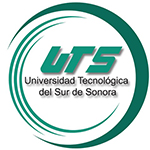
Technological University of South Sonora
-
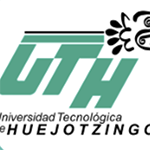
Technological University of Huejotzingo
-
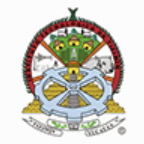
Tizimín Institute of Technology
-
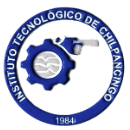
Chilpancingo Institute of Technology

